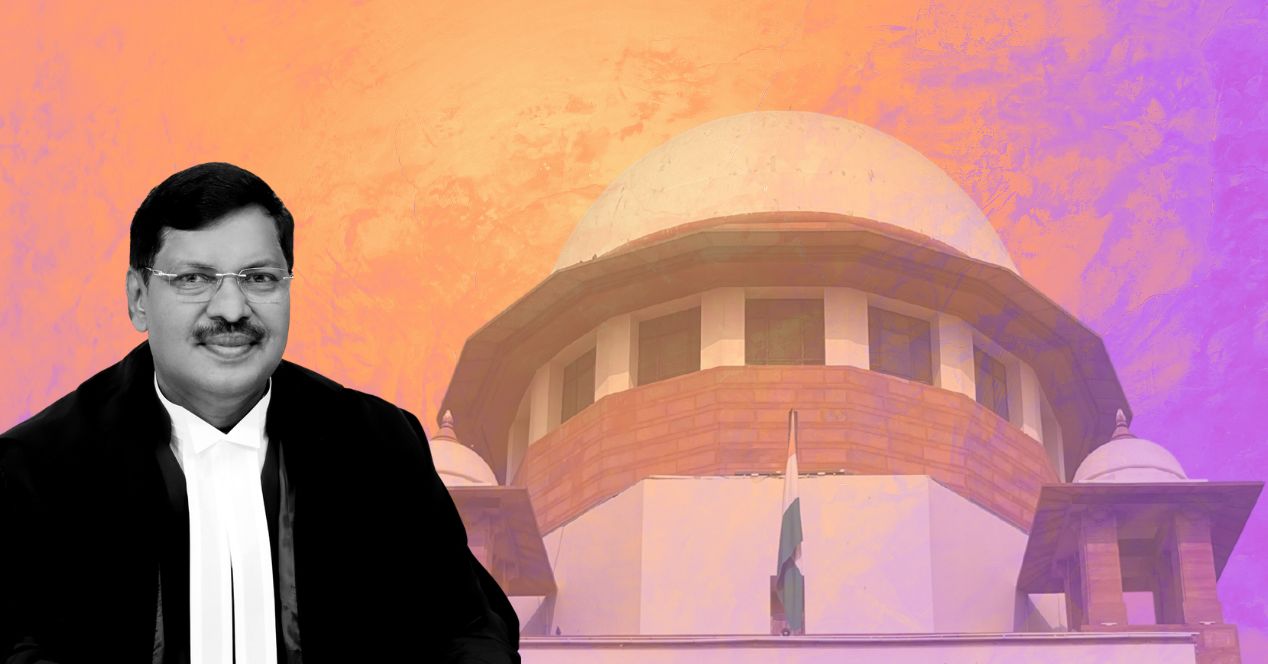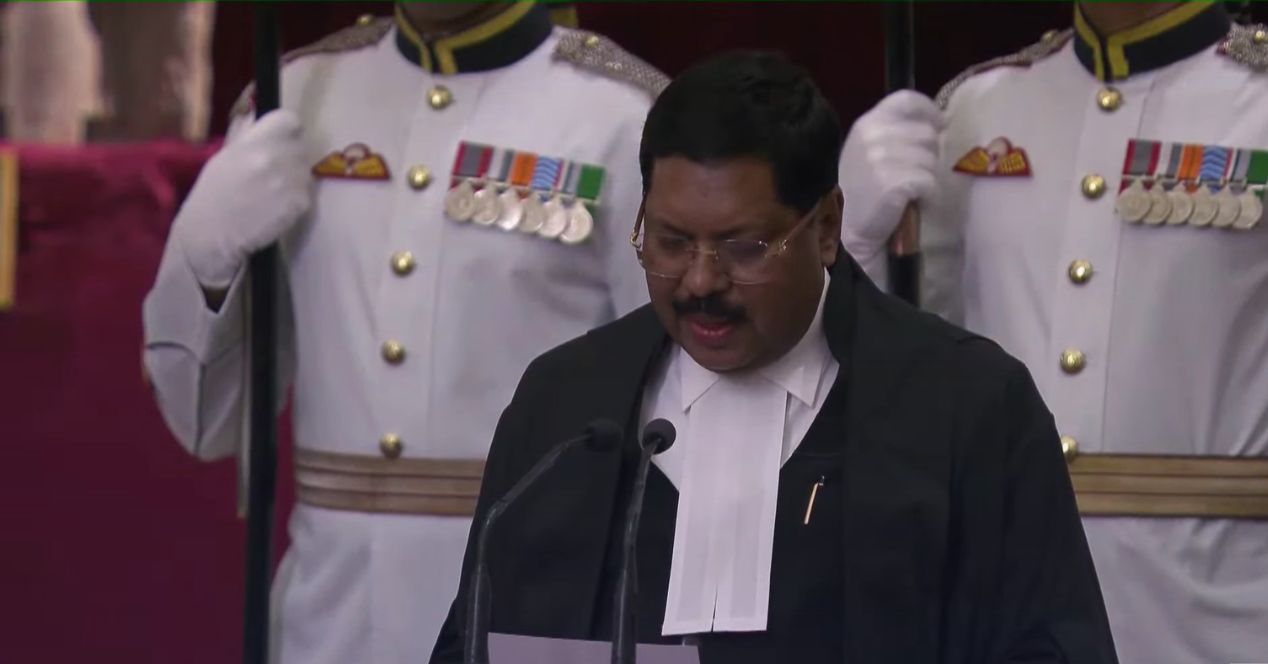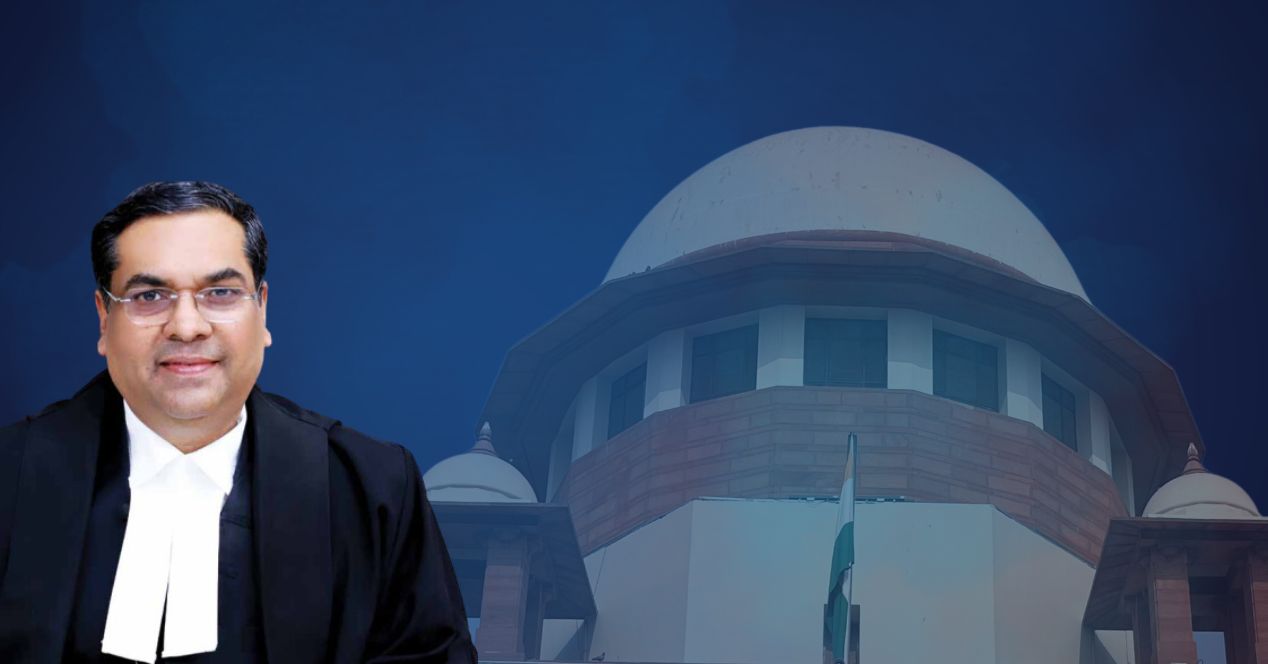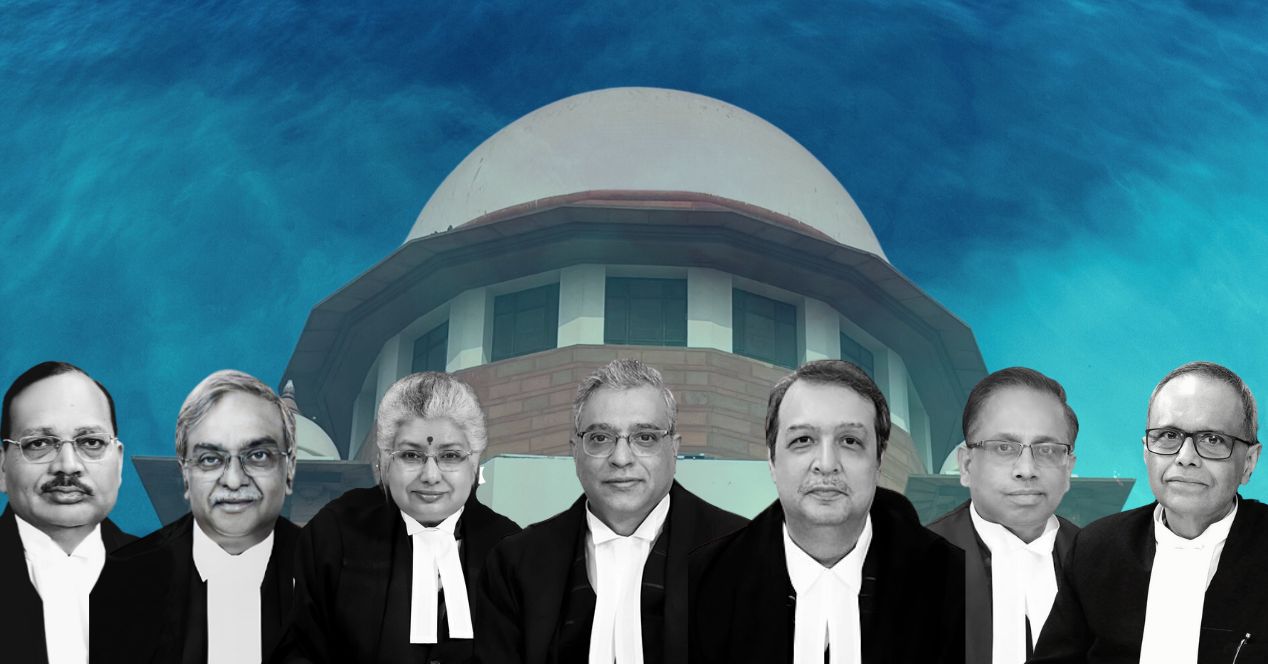Analysis
Mid-term review: The CJI edition
In his term so far, B.R. Gavai has been at pains to stress equality between his office and puisne judges—and between the SC and the HCs
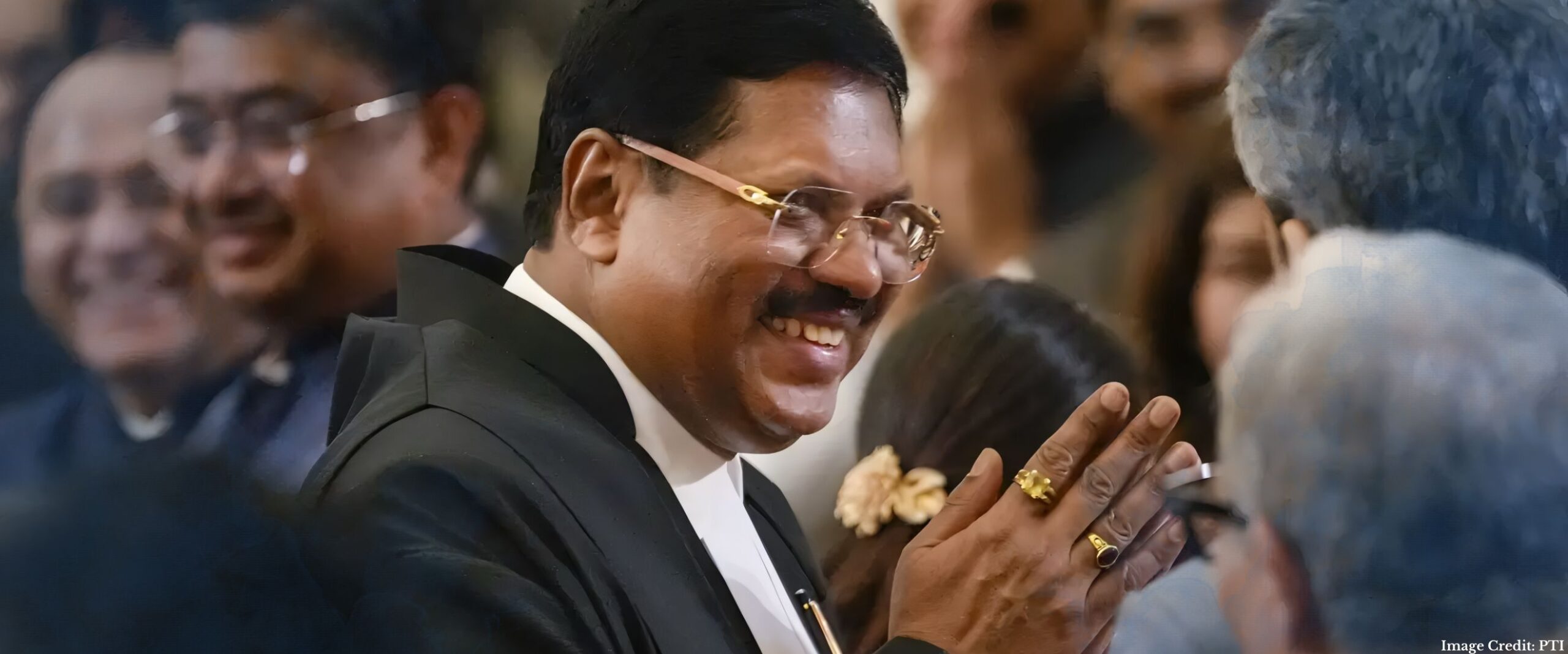
“Many decades ago, millions of citizens of India were called ‘untouchables’. They were told they were impure. They were told that they did not belong. But here we are today—where a person belonging to those very people is speaking openly, as the holder of the highest office in the judiciary of the country,” Chief Justice B.R. Gavai said at a speech at Oxford University this summer.
On 14 May 2025, he took oath as the 52nd Chief Justice of India, only the second Dalit to ascend to the position. CJI Gavai inherited a Court with around 82,000 pending cases, two vacancies and an approaching seven-week Partial Working Day break. A day before he started the new job, the President invoked the advisory jurisdiction for only the 16th time in 75 years, referring to the Supreme Court a set of 14 questions on the powers of the Governor and President to grant assent to state bills. A full plate, but business as usual for the CJI of one of the world’s busiest apex courts.
One way the CJI can leave a personal stamp on a relatively short tenure is by ringing in long-pending changes on the administrative side. Three decades ago, in R.K. Sabharwal v State of Punjab, the Court held that reservations must be granted on the basis of the number of posts available in a cadre, and not the number of vacancies. A month into his tenure, Justice Gavai, fittingly and finally, implemented this affirmative action policy for the non-judicial staff positions of the Court.
While CJI Gavai has been a strong proponent of diversity—of caste, class and gender—the Collegium under his leadership is yet to appoint a woman judge. The Collegium has so far recommended three judges to the top Court. Two vacancies remain and the CJI has two more months to fill them.
Over the last few weeks, we’ve also noticed CJI Gavai’s insistence on clarity around the Master of Roster powers. He recently criticised the 2023 decision of former CJI D.Y. Chandrachud to suspend, on the basis of a mere request by the Solicitor General, the verdict of a two-judge Bench. During oral proceedings in the case (Ritu Chhabaria), he mentioned that a judgement could not be recalled simply because it was mentioned in the Chief’s court: it was necessary to hear the parties before taking a decision. “We believe in adherence to judicial propriety, judicial discipline,” CJI Gavai said, “The CJI exercises the same judicial powers as all other judges of this court.”
He also walked the talk after a Bench of Justices J. B. Pardiwala and R. Mahadevan asked the Chief Justice of the Allahabad High Court to remove Justice Prashant Kumar from the criminal roster and seat him alongside a “seasoned” judge. The censure came after Justice Kumar allowed a criminal case to be filed in a civil dispute. Instead of taking matters into his own hands—a course of action some of his predecessors may have preferred—CJI Gavai wrote a letter to the two-judge Bench requesting them to reconsider their decision. It was in deference to the convention that only the Chief of the High Court has the power to allocate cases in that court. The Order was subsequently recalled by the Bench.
In his address at an Independence Day function organised by the Supreme Court Bar Association (SCBA), the Chief Justice noted that the Supreme Court Collegium cannot “dictate” names to the High Court Collegium. While observing that the Supreme Court and High Courts were neither superior nor inferior to each other in a federal judiciary, he said that the “first call” on High Court judges is always with the High Court Collegium. He was responding to a request by the SCBA to “widen the pool of selection” of High Court judges to include lawyers who practise in the Supreme Court.
We’re now into the second half of CJI Gavai’s short tenure. Pendency has increased to more than 87,000. When his term had just begun, he said: “I chose not to make promises. Let my work speak for itself when I retire six months from now.” We’ll continue watching his work and his utterances closely in the business end of the tenure. What legacy do you think he will leave behind?
This article was first featured in SCO’s Weekly newsletter. Sign up now!

